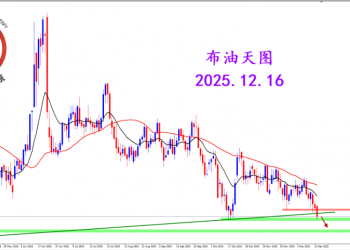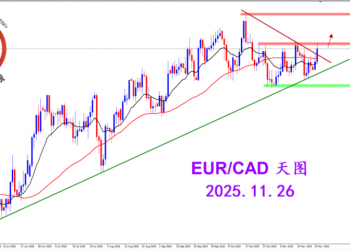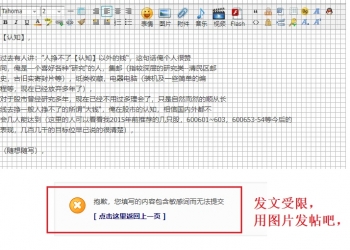计算方法也不一样:
KDJ计算公式:
1.产生KD以前,先产生未成熟随机值RSV。其计算公式为:
N日RSV=[(Ct-Ln)/(Hn-Ln)] ×100
2.对RSV进行指数平滑,就得到如下K值:
今日K值=2/3×昨日K值+1/3×今日RSV
式中,1/3是平滑因子,是可以人为选择的,不过目前已经约定俗成,固定为1/3了。
3.对K值进行指数平滑,就得到如下D值:
今日D值=2/3×昨日D值+1/3×今日K值
式中,1/3为平滑因子,可以改成别的数字,同样已成约定,1/3也已经固定。
4.在介绍KD时,往往还附带一个J指标,计算公式为:
J=3D-2K=D+2(D-K)
可见J是D加上一个修正值。J的实质是反映D和D 与K的差值。此外,有的书中J指标的计算公式为:J=3K-2D
Stochastic Oscillator :
%K periods. This is the number of time periods used in the stochastic calculation;
%K Slowing Periods. This value controls the internal smoothing of %K. A value of 1 is considered a fast stochastic; a value of 3 is considered a slow stochastic;
%D periods. his is the number of time periods used when calculating a moving average of %K;
%D method. The method (i.e., Exponential, Simple, Smoothed, or Weighted) that is used to calculate %D.
The formula for %K is:
%K = (CLOSE-LOW(%K))/(HIGH(%K)-LOW(%K))*100
Where:
CLOSE — is today’s closing price;
LOW(%K) — is the lowest low in %K periods;
HIGH(%K) — is the highest high in %K periods.
The %D moving average is calculated according to the formula:
%D = SMA(%K, N)
Where:
N — is the smoothing period;
SMA — is the Simple Moving Average. |
 2025.12.16 图文交易计划:布油开放下行 关1656 人气#黄金外汇论坛
2025.12.16 图文交易计划:布油开放下行 关1656 人气#黄金外汇论坛 2025.11.26 图文交易计划:欧加试探拉升 关2957 人气#黄金外汇论坛
2025.11.26 图文交易计划:欧加试探拉升 关2957 人气#黄金外汇论坛 MQL5全球十大量化排行榜3031 人气#黄金外汇论坛
MQL5全球十大量化排行榜3031 人气#黄金外汇论坛 【认知】5820 人气#黄金外汇论坛
【认知】5820 人气#黄金外汇论坛